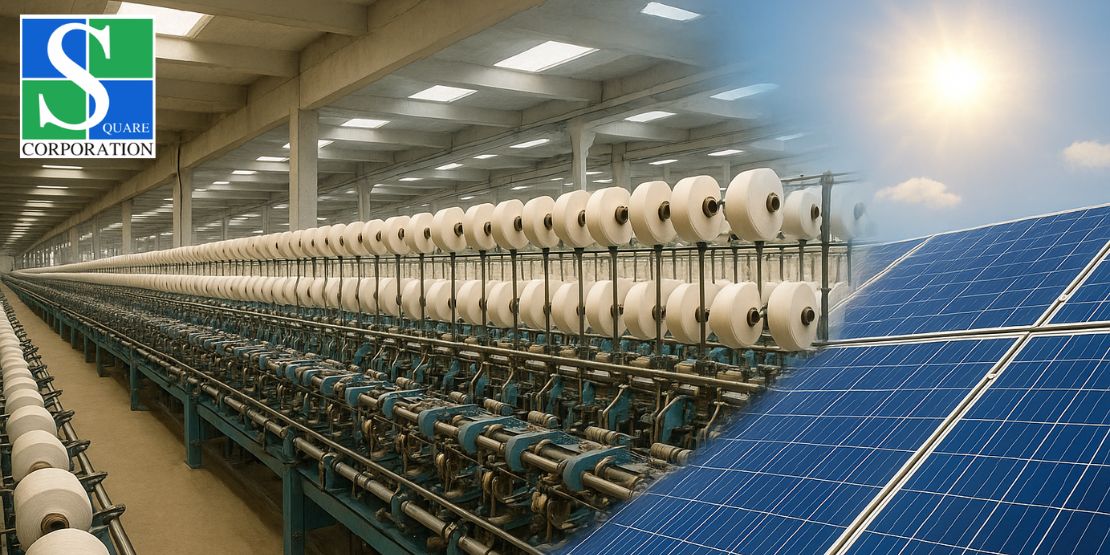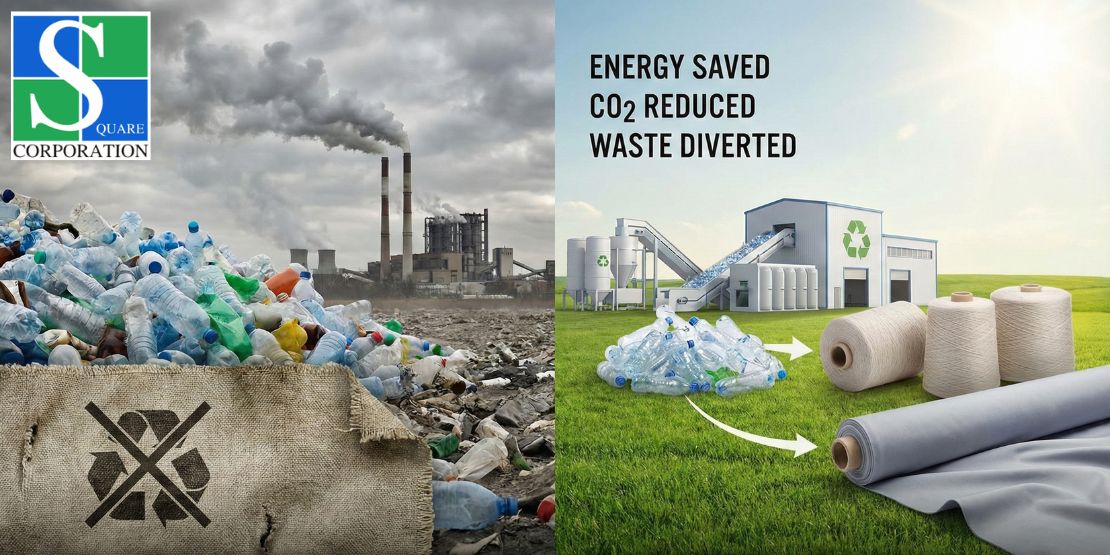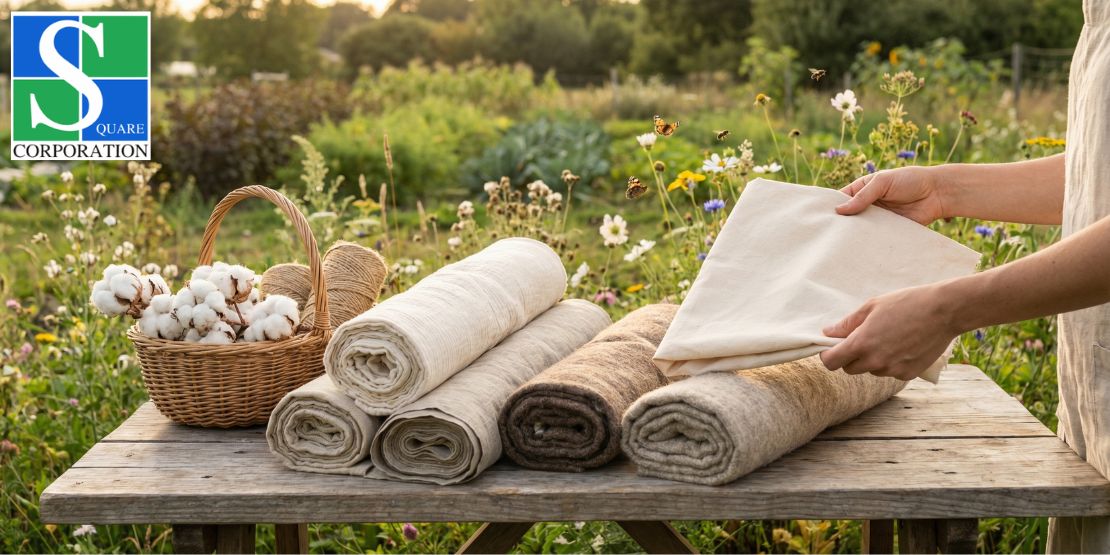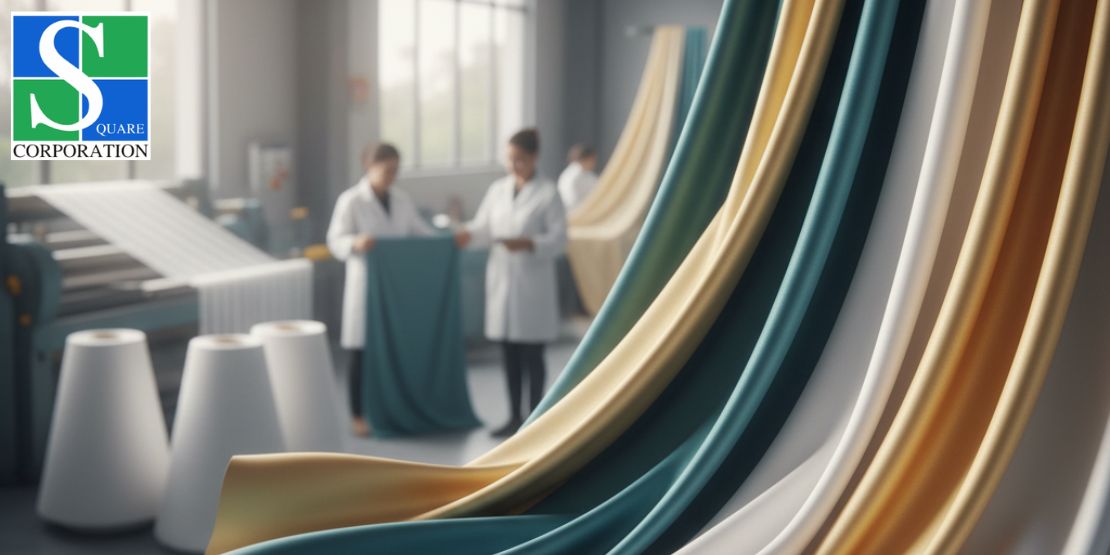30 November, 2025 | by Admin
How Solar Energy is Powering Textile Mills
05 July, 2025 | by Admin
The textile manufacturing process is extremely power-consuming, and there is a great amount of power used in processes like spinning, weaving, dyeing, and finishing. Traditionally, this power has come from fossil fuels like diesel and coal, and due to this, the process has been costly as well as environmentally threatening. Textile industry manufacturers are shifting towards cleaner, greener sources of power due to skyrocketing energy prices and stricter environmental regulations. If you want to be a contributor of the textile sector, then with the help of fabric manufacturers in India, you can do so.
In turn, many mills are boldly adopting solar power as a viable alternative. Photovoltaic advances and government incentives have made it economically feasible and appealing to install solar panels. Solar power helps textile mills cut power bills and their carbon footprints. The shift is towards global sustainable objectives pursued by eco-conscious consumers and organizations.
Different ways solar power is energizing textile mills
The energy-intensive textile industry has historically been dependent on fossil fuels. Some of these mills are switching to renewable energy, like solar energy, in response to environmental issues and increasing energy prices. The switch minimizes carbon footprints and yields long-term economic advantages, revolutionizing the textile manufacturing industry.
Lowering reliance on grid power
Textile mills are highly reliant on electricity to operate big machinery like spinning machines, looms, dyeing units, and finishing units. Through the installation of rooftop solar panels or the establishment of solar farms on their grounds, these mills are able to harness the sun’s energy to drive their operations.
This eco-friendly system not only significantly reduces their reliance on the power grid but also acts as an insurance against future power shortages and volatile energy prices to provide hassle-free operations and economy. Supported by the market leaders of linen fabric manufacturers in India, you are contributing to sustainability as well.
Carbon emissions reduction
By migrating towards clean, renewable energy sources from fossil fuel-based electricity, textile mills can help cut down substantially on greenhouse emissions. By doing so in a pre-emptive capacity, not only are companies adhering to strict environmental standards but also staying within global standards of sustainability. It is particularly important for exporters who want to partner with green-conscious brands that are keen on environmental care within their supply chain. This sustainability commitment also increases the reputation of the mills and promotes a more sustainable industry future for everyone.
Hybrid energy systems
Most mills are turning towards hybrid power systems, wherein solar power is coupled with traditional sources in a most efficient manner. Such a modern-day system provides a clean and constant source of energy, especially during night time or cloudy weather conditions. By such complementarity between the two sources of energy, mills not only become more dependable but also utilize the best of clean, renewable power to lead the way towards a greener and cleaner tomorrow.
Cutting down operational costs
After the investment is completed, using solar energy reduces the significant amount of money spent on electricity very much. Mills with solar technology are said to regain the initial investment after a few years. In the long term, the ongoing lowering of energy bills not only increases profitability but also puts the firm in a better position to compete in an industry becoming more sensitive to cost of operation. This trend towards renewable energy has the potential to redefine economic security, positioning mills as visionary leaders of a sustainable, economically viable business.
Sun power will soon be a game-changer for the textile sector. Not only does it reduce the cost of conducting business and pollution levels, it makes textile mills responsible, pro-active companies in a rapidly evolving green-conscious market. With solar technology costs dropping and improving, it should come as no surprise that more and more textile mills soon start using the sun as a primary source of energy for their activity.
Related Posts
25 November, 2025 | by Admin
Common Misunderstandings About Eco-Friendly Fashion...
20 November, 2025 | by Admin







